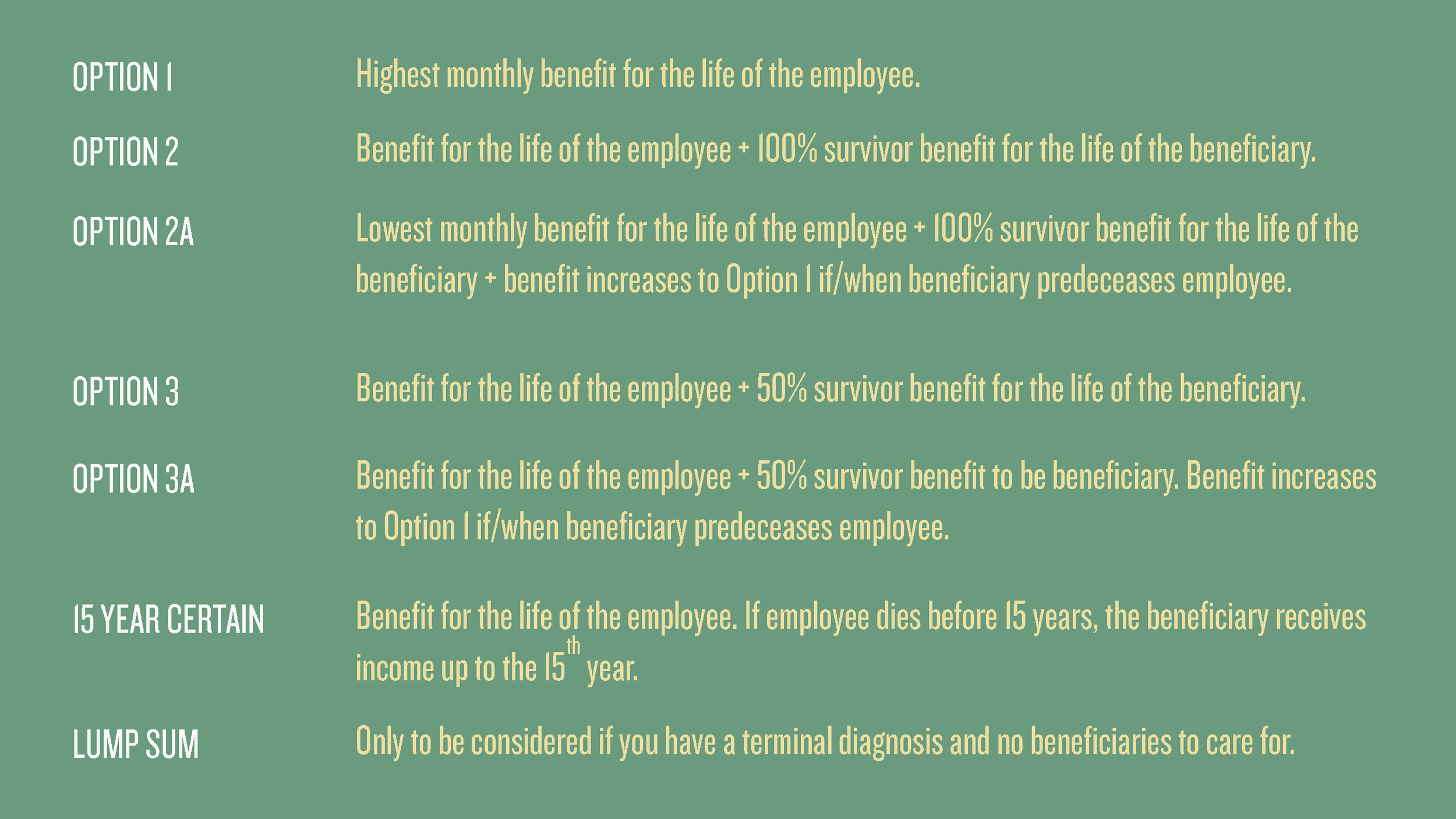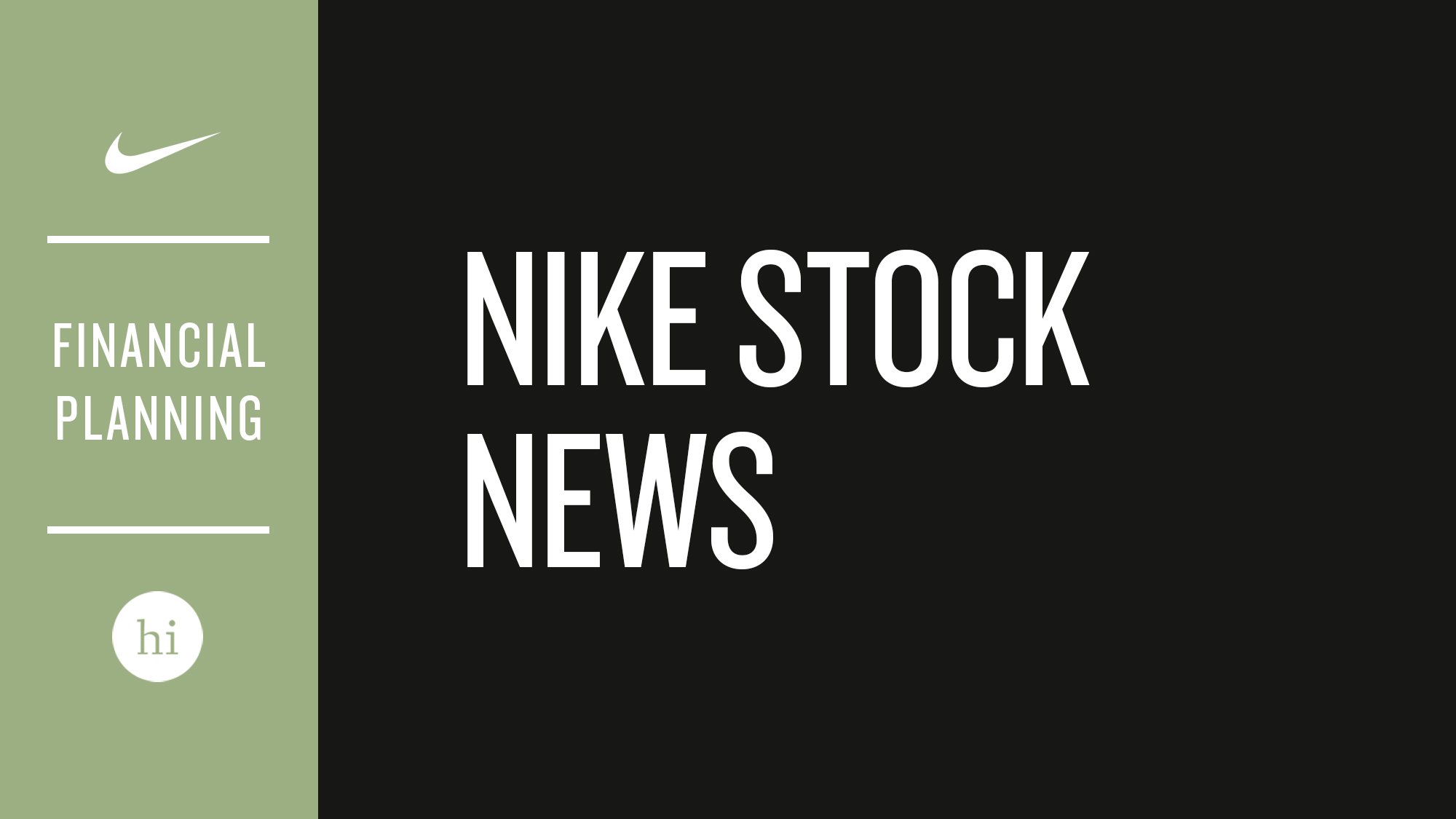A fiduciary is defined as an individual or a legal entity, such as a financial advisor. The fiduciary takes on the responsibility and has the power to act in the interest of another. This other person is called a beneficiary or principal—we call them member, human, or client.
A fiduciary financial advisor (which is all we have at Human Investing) cannot sell products that charge or pay commissions.
When a member works with a Human Investing financial advisor, the client gives the advisor their trust and expects recommendations to be made with honesty and good faith in keeping with their best interests. This may not always be the case with a non-fiduciary advisor.
The Fiduciary Standard
All Human Investing employees are required to abide by the fiduciary standard. When a financial advisor has a fiduciary duty, they must always act in the beneficiary's best interest.
Financial advisors fall into two buckets: fiduciaries and non-fiduciaries. Surprisingly, not all financial advisors have a requirement to put member's interests first. Worse yet, some advisors and their firms can be dually registered, swapping back and forth between fiduciary and non-fiduciary roles.
Suitability Standard vs. Fiduciary Standard
Financial professionals who are not fiduciaries are held to a lesser standard known as the "suitability standard." What this means is that the recommendation from a non-fiduciary only needs to be adequate.
Other Watch Outs When selecting an Advisor
If an advisor states that they have FINRA Series 7, 6, or 63, that means they are licensed to sell products for commissions. An advisor would only have those licenses for two reasons: 1) to sell commission products or 2) collect commissions from products they (or someone else) have sold.
There are many individuals and firms that say they are financial planners and do financial planning. But did you know that many of the people that say they are financial planners are not trained in the process and profession of being a financial planner? Individuals responsible for member financial planning are CERTIFIED FINANCIAL PLANNERS™. A CERTIFIED FINANCIAL PLANNER™ certification is “the standard of excellence in financial planning. CFP® professionals meet rigorous education, training and ethical standards, and are committed to serving their clients' best interests today to prepare them for a more secure tomorrow.”













































































































